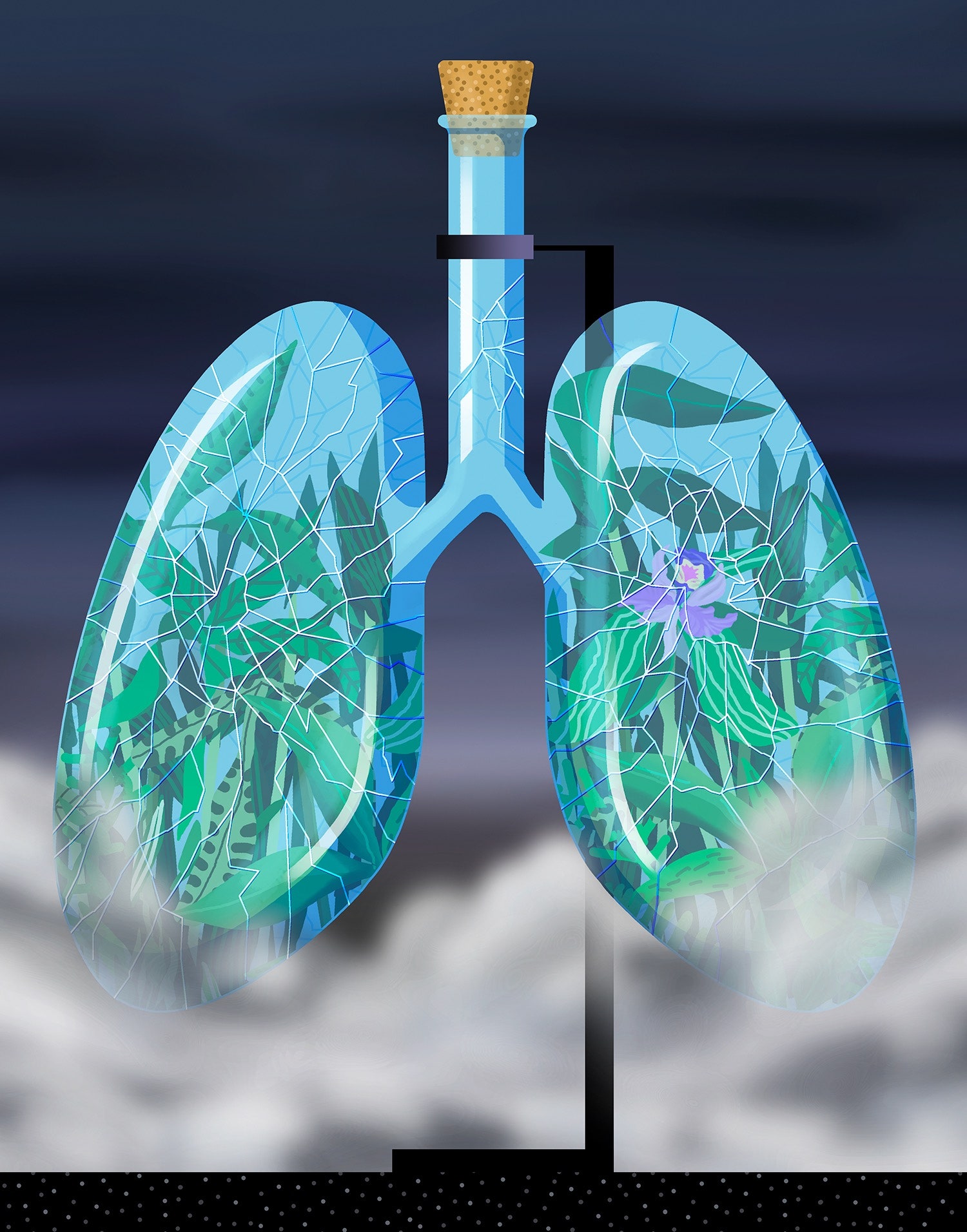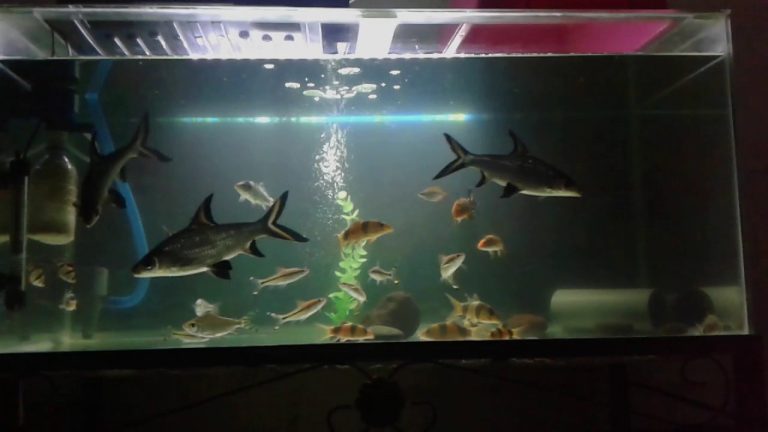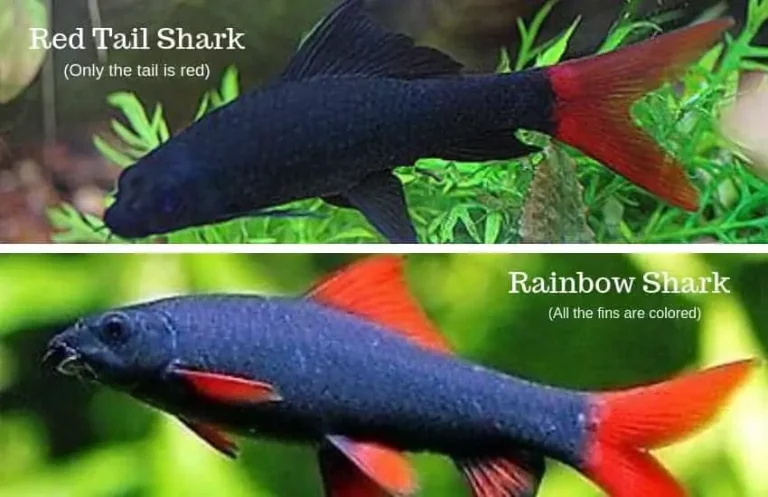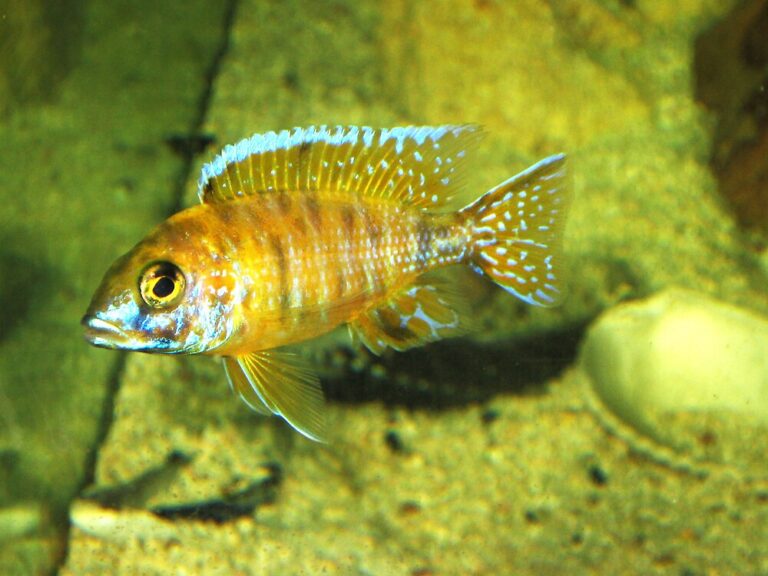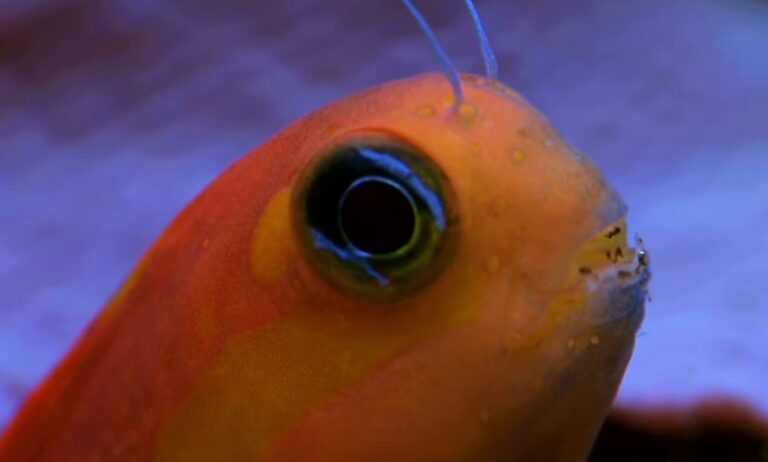Why One Fish is Gasping for Air: Solving the Mystery
Only one of your fish is gasping for air because it could be suffering from a lack of oxygen or a health issue. Many factors can cause this problem, including poor water quality, overcrowding, and high water temperatures.
To determine the underlying cause, you should observe your aquarium environment and check its water parameters. Adjusting the water temperature, improving filtration, adding air stones or additional powerheads, and performing water changes can all help to improve the quality of water and alleviate gasping.
Also, you can quarantine the affected fish and treat it with appropriate medication, feeding a varied and nutritious diet, and keeping your aquarium environment as clean and healthy as possible to prevent future outbreaks. Remember, early diagnosis and corrective measures are crucial to maintaining your fish’s good health.
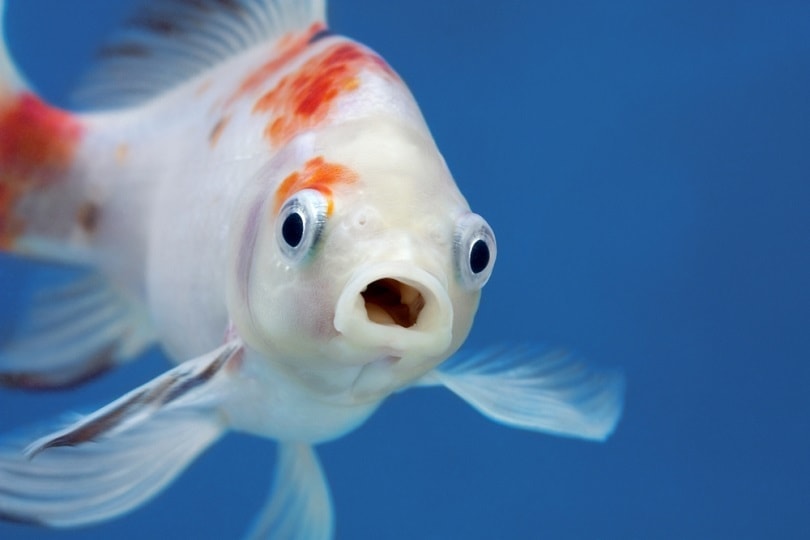
Credit: www.hepper.com
The Importance Of Oxygen In Fish Health And Survival
Fish gasping for air is a common sight in aquariums, but what causes it, and why is only one fish affected? The answer lies in understanding the importance of oxygen in fish health and survival.
Introduction To Fish Respiration And Oxygen Needs
Fish, like any other living creature, require oxygen to survive. However, the way fish breathe is different from how other animals breathe. Instead of using lungs, fish extract oxygen from water using their gills. The oxygen-rich water enters the fish’s mouth, passes over the gills, and exits through the gill slits, allowing the fish to absorb oxygen and expel carbon dioxide.
Explanation Of How Fish Breathe, And Why Oxygen Is Essential For Their Survival
Adequate oxygen levels are crucial for fish survival, and any decrease in oxygen levels can lead to stress, illness, and even death. Here’s why:
- Fish need oxygen to carry out basic bodily functions such as growth, metabolism, and reproduction. Low oxygen levels can dampen the immune system, making them more susceptible to infections.
- Unlike humans who can move to areas with more oxygen, fish are confined to their water environment. If the oxygen supply in their tank or pond is low, they are unable to escape.
- Water temperature and water quality can affect oxygen levels. Warm water can hold less oxygen than cold water, while pollutants such as ammonia, nitrite, and pesticides can deplete oxygen levels.
- Overfeeding can lead to an increase in waste and decomposition, making the water unhealthy for fish and lowering oxygen levels.
- Lastly, overcrowding is a common cause of low oxygen levels. Too many fish in one tank or pond can consume the available oxygen, leading to poor water quality and fish gasping for air.
Now that you understand the importance of oxygen in fish health and survival, it is essential to monitor and maintain the optimal oxygen levels in your aquarium or pond. By doing this, your fish will not only survive but thrive in their aquatic habitat.
Environmental Factors That Affect Fish Oxygen Levels
Analysis Of The Relationship Between Water Temperature, Oxygen Levels, And Fish Health
Maintaining proper water temperature is essential for maintaining fish oxygen levels and overall health. Here are some key points to consider:
- Higher water temperatures result in lower oxygen levels, which can cause fish to gasp for air.
- The ideal temperature range for most fish species is between 70°f and 80°f; temperatures above or below this range can negatively affect their respiratory system.
- Oxygen levels can be improved by increasing water circulation and using an air pump or diffuser to add oxygen into the water.
Discussion Of Other Environmental Factors That Can Negatively Impact Fish Respiration
While temperature is one significant factor that affects fish oxygen levels and respiration, other environmental factors can also play a role. Here are some additional key points to consider:
- Water pollution from sources such as chemicals, pesticides, and fertilizers can significantly reduce oxygen levels, making it difficult for fish to breathe.
- Algae blooms, which occur when water conditions are ideal for rapid growth, can also reduce oxygen levels and potentially produce toxins that can negatively impact fish health.
- In addition to these factors, other conditions such as low ph or high ammonia levels can also cause fish to gasp for air.
Overall, maintaining proper water temperature and water quality is essential for keeping fish healthy and happy. By regularly monitoring water conditions and taking steps to mitigate any potential issues, you can help ensure your fish can breathe easy.
Identifying The Signs Of Fish Oxygen Deprivation
As a fish owner, it’s essential to be able to recognize when your fish are showing signs of oxygen deprivation. Whether you’re a seasoned enthusiast or a new owner, it’s crucial to understand the symptoms of fish suffocation to avoid a disaster in the tank.
Here’s what you need to know:
- Gasping: One of the most obvious signs of oxygen deprivation is when a fish is gasping at the surface of the water. This could mean your fish is struggling to breathe, and it’s imperative to take action immediately.
- Lethargy: If your fish is getting less oxygen than it requires, it could become lethargic. You may notice your fish swimming less actively, resting more often, and generally appearing unwell.
- Loss of appetite: When a fish is stressed out due to a lack of oxygen, it’s common for them to lose their appetite. This could result in further health complications if left untreated.
Case Studies And Real-Life Examples Of Oxygen-Deprived Fish Populations And Their Consequences
Lack of oxygen in fish tanks can have devastating consequences. Here are some examples:
- In 2018, the water in a florida canal dropped significantly, causing a fish kill event. Lack of oxygen was one of the primary factors responsible for the deaths of hundreds of fish species in the canal.
- A study conducted by the university of winnipeg found that low oxygen levels in lakes can lead to fish extinction. The study examined the effects of severe oxygen depletion on fish populations and concluded that oxygen-deprived waters could lead to a collapse of fish populations, which is disastrous for the ecosystem.
- In india, in 2019, a severe algal bloom in a lake led to the death of several high-value fish because of the lack of dissolving oxygen.
If you’re struggling to maintain the oxygen levels in your fish tank, it’s essential to take immediate action. One way to increase oxygen levels is by introducing an airstone or a pump into the tank. Alternatively, consider performing smaller, more frequent water changes to keep the water fresh.
Remember, prevention is better than cure when it comes to fish health. Regular maintenance, correct management of feeding and water changing, and keeping a close eye on your fish’s behavior will minimize the risk of any undesirable outcomes in your aquarium.
Mitigating Fish Oxygen Deprivation Risks
Overview Of The Different Methods And Strategies To Ensure Adequate Oxygen Supply For Fish Health, Including Aeration, Water Changes, And Filtration
When it comes to ensuring your fish have enough oxygen to breathe in their aquarium or pond, there are several methods and strategies you can use. The following are the most effective ones:
- Aeration: Using an air pump to introduce oxygen into the water through an airstone or air diffuser increases dissolved oxygen levels, helping your fish breathe comfortably.
- Water changes: Changing the water regularly can help maintain good water quality, which is important for your fish’s health. When you change the water, you’re removing pollutants and adding fresh oxygenated water for your fish to breathe.
- Filtration: Quality filtration equipment helps to remove waste and keep the water circulating, which ultimately maximizes the amount of dissolved oxygen for your fish.
Discussion Of Other Factors That Can Enhance Dissolved Oxygen Levels In Aquariums Or Ponds, Such As Aquatic Plants And Proper Stocking Density
In addition to aeration, water changes, and filtration, there are other things you can do to enhance the dissolved oxygen levels in your aquarium or pond. Some of these include:
- Aquatic plants: Aquatic plants help to produce oxygen through photosynthesis while also absorbing carbon dioxide produced by the fish. More than half of the oxygen needed by your fish can come from the plants in your aquarium or pond, so it’s essential to maintain the right balance of plants.
- Proper stocking density: Ensuring that you don’t have too many fish in your aquarium or pond is crucial. Overcrowding causes an increase in waste, which lowers the oxygen levels in the water. So it is recommended to assess the right fish-to-water ratio before adding any more fish to your tank.
By using these additional methods and strategies to help oxygenate your aquarium or pond, your fish can breathe easier and stay healthy, promoting overall wellbeing and longevity.
The Future Of Fish Oxygen Management: Challenges And Opportunities
Fish gasping for air is a common problem that can be alarming for many aquarium owners. If you are experiencing this, you’re probably wondering why only one fish is having trouble breathing while others seem to be doing just fine.
In this blog post, we will discuss the future of fish oxygen management, challenges and opportunities.
Evaluation Of The Impact Of Climate Change And Other Global Factors On Fish Oxygenation And Survival
The following are some key points explaining how climate change and other global factors impact fish oxygenation and survival:
- Climate change causes a rise in water temperature, which results in a decrease in oxygen levels in aquatic environments.
- Increase in pollution, both air and water is causing oxygen depletion in water bodies.
- Changes in sea level, ocean currents and acidification are also affecting the dynamics of oxygen in water.
Overview Of Ongoing Research And Innovation In The Field Of Fish Oxygen Management, Including The Development Of New Technologies And Improved Techniques
The following are some key points discussing developing technologies and tools for fish oxygen management:
- Oxygen pumps are commonly used tools that can provide oxygen to fish in aquariums and ponds.
- New tech like smart oxygenators detect for degrading water conditions and release measured oxygen to maintain the oxygen balance.
- Researchers are also exploring alternative methods such as nano-oxygenation and oxygen microbubbles.
Fish oxygen management is a crucial factor for the survival and well-being of aquatic creatures. Climate change and other global factors are constantly impacting the dynamics of oxygen levels in water bodies and necessitate constant innovation and research in developing tools and technologies for oxygen management.
Frequently Asked Questions For Why Is Only One Of My Fish Gasping For Air
Why Is My Fish Gasping For Air?
Fish typically gasp for air due to low oxygen levels in the water. It could be a sign of poor water quality or inadequate water circulation.
What Can I Do If My Fish Is Gasping For Air?
Test the water quality and perform a partial water change immediately. Ensure proper filtration and water circulation in the tank.
How Do I Prevent My Fish From Gasping For Air?
Regularly test the water quality and perform routine water changes. Ensure the tank has adequate filtration and proper water circulation.
Can Other Fish In My Tank Get Affected?
Yes, if the cause of low oxygen levels is not addressed, other fish in the tank can also start gasping for air and even die. Regular water maintenance is essential.
Conclusion
It’s crucial to create a safe environment for your aquatic pets. Unusual behavior or physical signs can be a signal of an underlying problem. If you have noticed one of your fish gasping for air, it may have an issue with breathing or other health concerns.
The poor water quality, low oxygen levels, or a crowded aquarium can make it hard for fish to breathe. It’s fundamental to monitor your fish’s behavior and water chemistry regularly. Remember to carry out partial water changes frequently, adjust water temperatures correctly, and keep the aquarium clean to avoid problems.
Seeking veterinary assistance in case of sickness, and following the expert’s advice, ensures your pets have an ideal habitat and a healthy lifespan. A peaceful and safe environment is the key to keep your aquatic friends happy and healthy.
